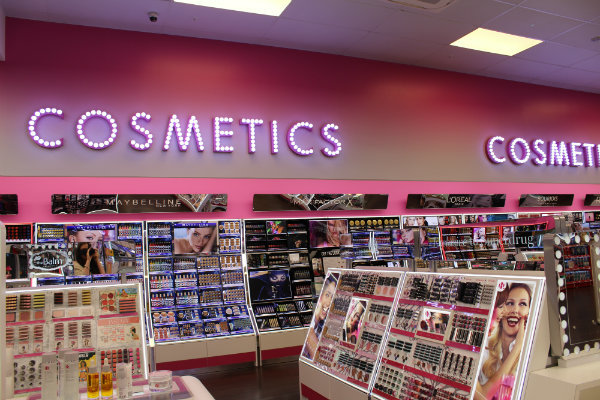Facemapping the future: how technology will aid beauty sector digital transformation
Superdrug recorded a strong trading performance over the Christmas trading period. Most saliently, in the online side of the business, with sales jumping 47% over the five weeks when compared to 2014. Superdrug‘s Online Doctor service, dispensing products direct to customers‘ doors or nearby stores, continued to grow its customer base and delivered its first £1m sales period in December.
E-commerce has always been problematic for beauty brands. Unlike other consumer packaged goods, shoppers choose bricks-and-mortar to purchase products because they‘re so personal: each shade or texture must be trialled to understand its suitability. This means that consumers have only ever really used digital as a discount channel for repurchases, rather than a more lucrative discovery channel.
This could be set to change, but before it can, brands need to break the tangibility barrier. There are three ways technology can do this.
Trial
Last year, L‘Oréal launched the revolutionary beauty tool, Makeup Genius, which transforms smartphones into an interactive mirror. It‘s an augmented reality catalogue that lets people try different products in real time. It has eradicated the need for physical interaction with products in the beauty industry. Face mapping and projection mapping technology are reaching maturity and becoming more accessible to brands, and the better it gets, the more consumers will use this technology as an everyday alternative.
This technology could completely alter the current experience for consumers, making advertisements and promotions a much more personal experience. Customers could see themselves in the same make up worn by Jennifer Lopez in the L‘Oréal ad.
Discovery
Currently digital supplements, rather than grows, the market. The purchases we make via digital are very considered, allowing for very little incremental growth. However, within the next year or so, we‘ll see digital become a medium where we can discover products we‘d not considered before.
Augmented reality nails are beaming designs and colours onto your nails, as a means of tempting customers into buying more. Maybelline has already begun trialling this in the form of an app and within the next year we‘ll start to see more sophisticated AR from major nail retail chains. For the beauty industry this technology could signify the end of self-service in retail – where shoppers walk into a pharmacy to be met with walls and walls of products but little guidance or assistance, longing to open the bottles to see if the colour inside is the same one seen on the outside of the bottle. Sophisticated AR has opened up the possibility to create service and discovery around products both on and offline, which will have huge implications for the beauty industry.
Mass customisation
Tech specialists are finalising plans to let customers design, produce and wear own bespoke makeup formulations using 3D printing. They‘ll be the creative directors of their own make-up brands. Although this technology is only a glimpse into the future as of yet, the innovative beauty brands may be those that offer consumers special cosmetic inks and base products for them to mix themselves rather than a select
RELATED STORIES


















